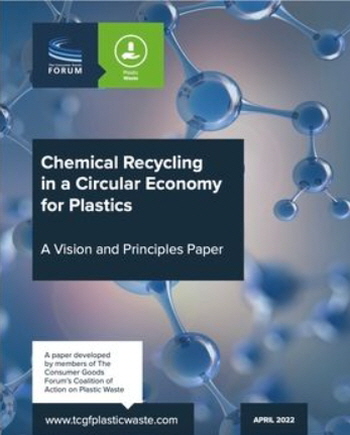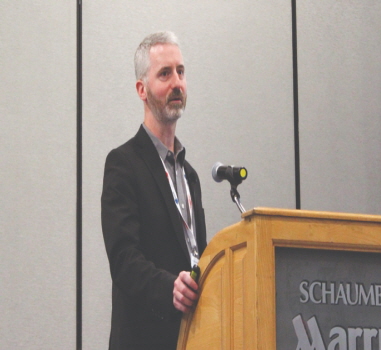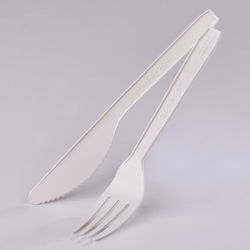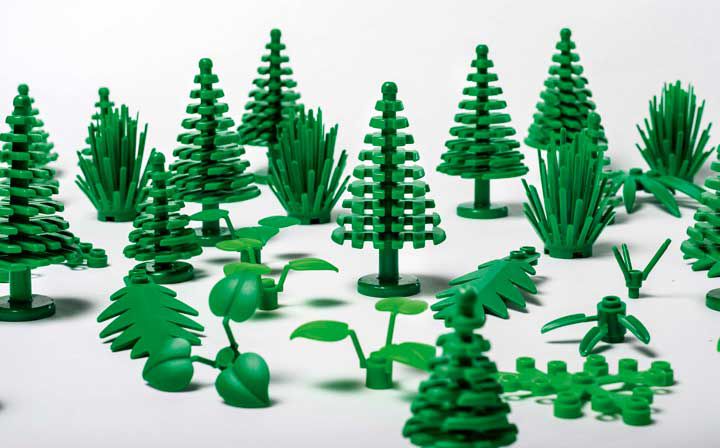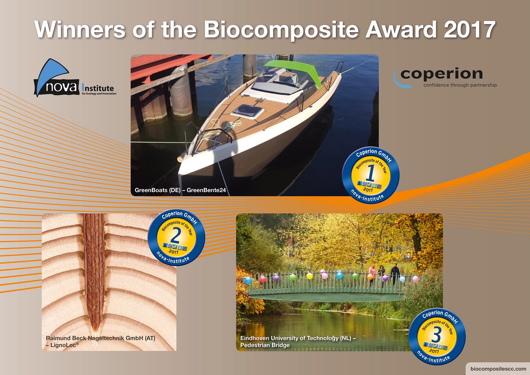Bio magazine
Market trends drive LSR innovations
Market trends drive LSR innovations
![]()
▲Gifford Shearer, silicone elastomers market manager with Dow Inc., discussed how market trends are driving liquid silicone rubber innovations at the LSR 2019 conference, held Sept. 10-12.
Market demands are major drivers of innovation within the LSR market, and Gifford Shearer, silicone elastomers market manager with Dow Inc., shared how the current market is pushing the industry to new limits at the LSR 2019 conference, held Sept. 10-12 in Schaumburg.
"LSR innovation shouldn't just be done by the chemists in the labs," Shearer said. "Innovation should be driven by changes in the marketplace."
• Improved sustainability, longevity or safety in sensitive applications.
• New applications, or combining LSR with new materials.
• Changes to specifications, either on the customer or regulatory side.
"All of these factors or changes are going to drive LSR innovation," Shearer said. "And as we bring new innovations, it's going to enable new applications and bring additional problems to solve."
Higher temperatures
Electrification within automotive is driving growth.
"If you open up the hood of a car these days, all you see is wires going everywhere," Shearer said. "The electrical content is significantly higher in the automobile and will continue to increase as we go toward hybrids and fully electric vehicles."
But despite the migration to electric platforms, traditional internal combustion engines are still going to play a major part of the automotive market for at least the next 10 years. Shearer said there is still demand for materials that can handle increasing temperatures for the standard internal combustion engine.
As internal combustion engines shrink in size, they will require materials that can withstand higher temperatures. Shearer said to do this, LSR compounders must suppress hydrosilylation reactions and stabilize the silicone compound's backbone to limit thermal oxidative degradation.
"If we can do this effectively, we see a significant reduction in compression sets," Shearer said.
Low volatiles
Sensitive applications like medical, food, water, consumer/baby products will continue to demand LSR because Shearer said the material has been proven to be safe in these applications and is ideally suited to meet regulatory requirements.
These highly regulated industries require low-volatile LSRs to reduce risk. Shearer said there is typically 1 percent of volatile content in LSR after it's been molded and cured, but certain end applications require that those be removed with a post-curing application — heating the part in the oven.
"It really becomes the job of the fabricator to ensure that they're able to post-cure the part sufficiently, to remove these volatiles for the end application," Shearer said. "This can be a source of variability. There could be variability in the amount of volatiles coming into the LSR, and there could be variability in the effectiveness of the post-curing operation."
Post-curing can depend on the type of the oven, the effectiveness of the oven and the part thickness. Shearer said a thicker part is going to be more challenging to post-cure than a thinner part. The fabricator can't just use one set of post-curing operations for every part, which Shearer said injects some risk into the process because they now need to figure out the requirements to meet the end application.
Shearer said a solution is to remove the volatiles from the LSR before it's molded by using a no-volatile LSR. These compounds have been stripped out of the A and B parts before being delivered to the molder. Shearer said this guarantees that fabricators will be left with no more than 0.25 percent volatiles, and typically less, after molding and curing, which is well below the threshold limit for sensitive applications.
"We've eliminated the risk and eliminated the additional processing step of post-curing," Shearer said. "That's really the value that a no post-cure LSR brings."
Other drivers
The rise of wearable bands and unseen protection on electronic devices is presenting more opportunities for LSR, as is the rise of 3D printing applications.
But Shearer said one key hurdle to overmolding LSR with some of these sensitive electronic parts is the temperature. LSR typically has to cure at about 150° C, which is too hot for microchips and other low-temperature plastic compounds. This has pushed the industry to innovate with low-temperature-cure LSR compounds.
Shearer said these silicones are ideal for users who want to put thermally sensitive additives into the LSR but couldn't at the high temperature because they'd lose their function if cured at that heat. The low-temperature LSR grades also reduce cycle time and open up new possibilities to be overmolded to other plastics.
"Low-temperature-cure LSR uses the same chemical reaction, but we've reduced the activation temperature while maintaining the same pot life," Shearer said.
"It significantly reduces the curing time."
Finally, low-volume prototyping LSRs are becoming more prevalent as 3D printing applications begin to enter the silicone market. Shearer said these developments are driven by the need for manufacturers to prototype parts and customize manufacturing in low volumes.














